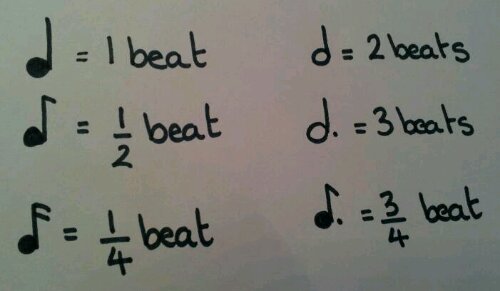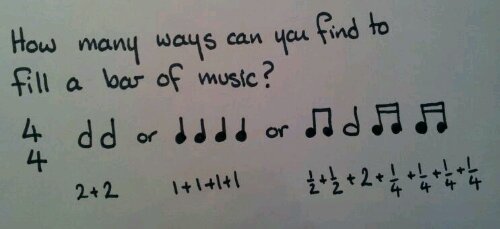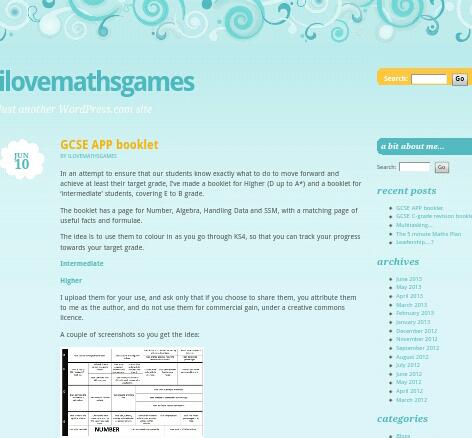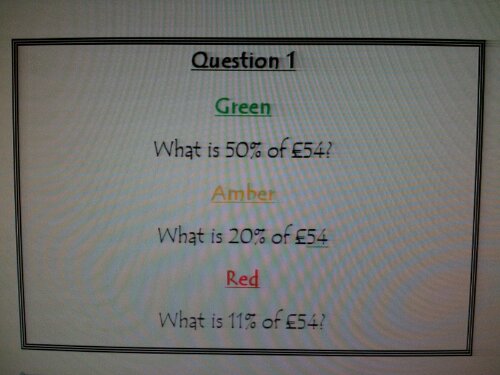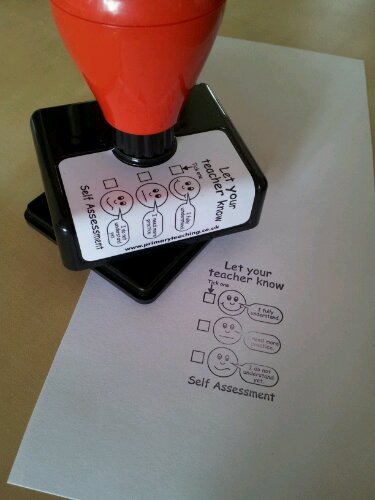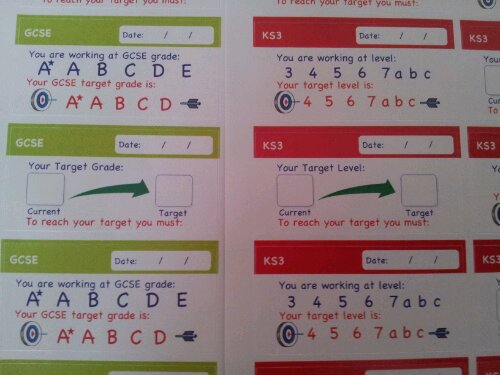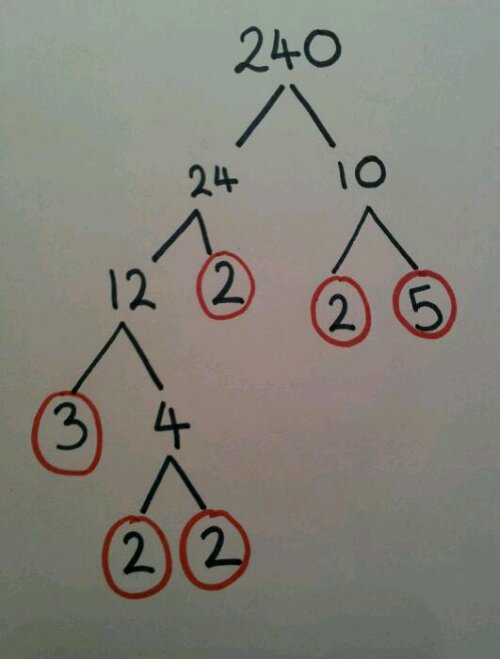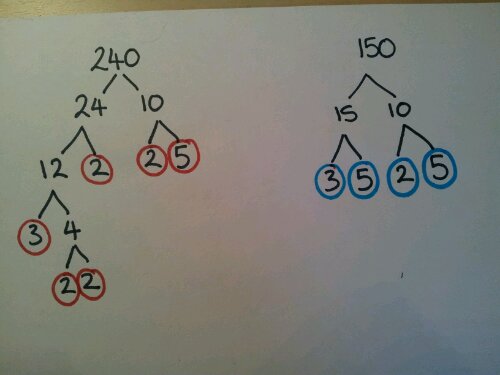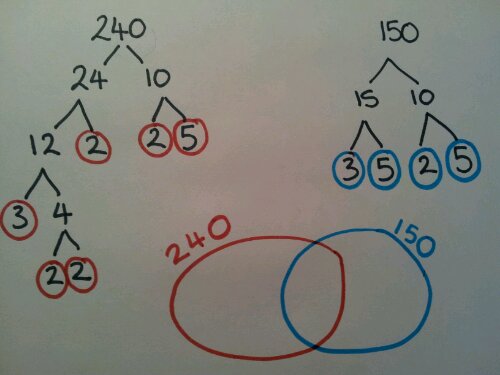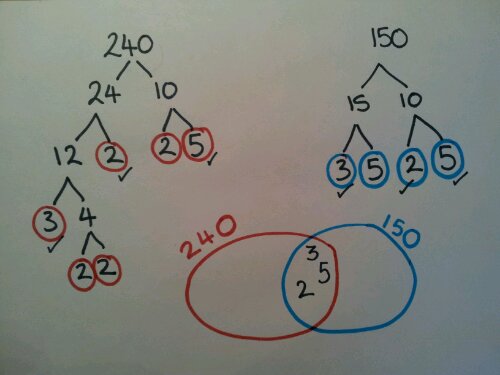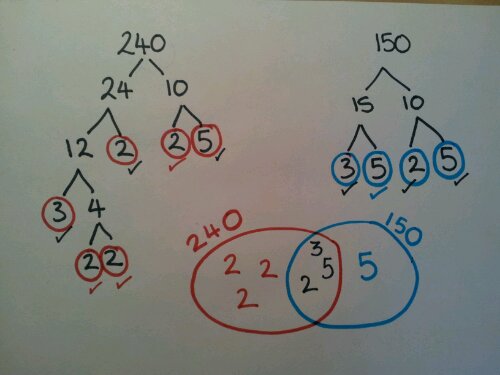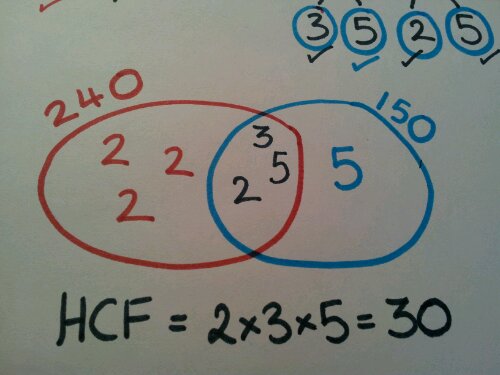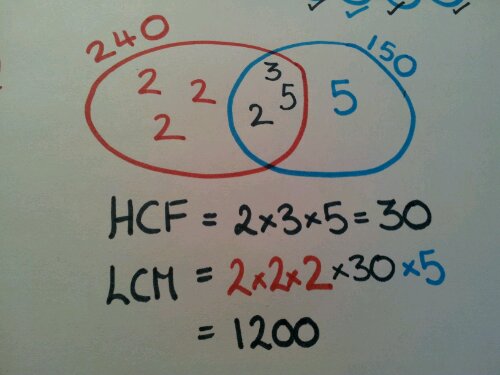Some unbelievers dispute it, but the truth is out there: Mathematics is everywhere!
The link between fractions and music is inescapable. If your notes don’t add up correctly, the music just doesn’t sound right. Crotchets, quavers, semi-breves, time signatures – it’s all maths.
Musical Fractions
I really like doing this activity with Year 7. Please make sure there are no tests or exams going on nearby.
Equipment
Mini-whiteboards
Percussion instruments (or clapping)
Earplugs (optional)
Aim
To introduce and practice adding simple unitary fractions.
Activity
Each type of musical note lasts for a specific amount of time. For example a crotchet lasts one beat. The picture below shows different notes and values:
A dotted note lasts 50% longer than it normally would.
Time signatures tell you how many beats are in each bar of music (very simplified explanation). So:
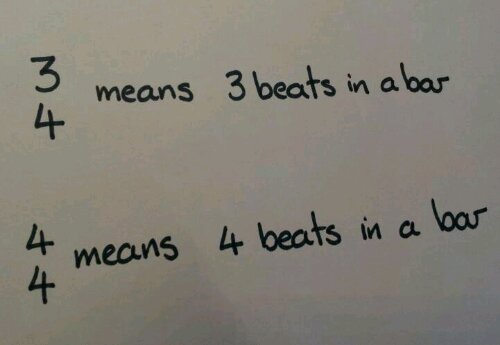
To make this into a lesson, ask students to create their own rhythms adding up to 3 or 4 beats.
Start by doing 4 single beats by clapping or using instruments. This sounds like ‘tah, tah, tah, tah’ when you say it.
Then try some half notes – one, one, half, half, one. This sounds like ‘tah, tah, ta-te, tah’.
Throw in some quarter notes – one, half, half, quarter, quarter, quarter, quarter, one. This sounds like ‘tah, ta-te, tafi-tifi, tah’.
Now you can let the pupils loose to create their own rhythms using unitary fractions. You can get the pupils to write the fraction additions on their whiteboards. Each group can demonstrate their rhythm and teach it to the rest of the class.
I hope the ringing in your ears fades by the end of the day.

